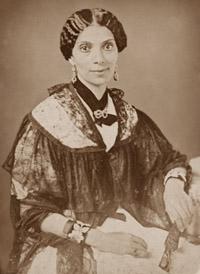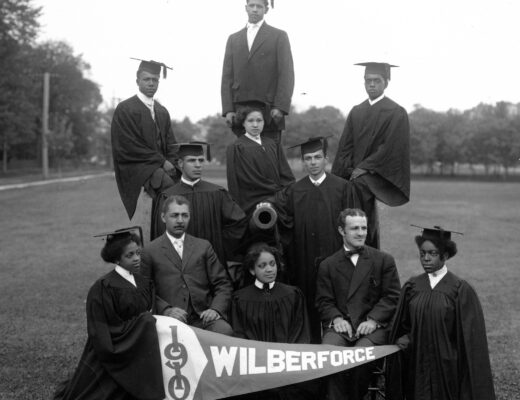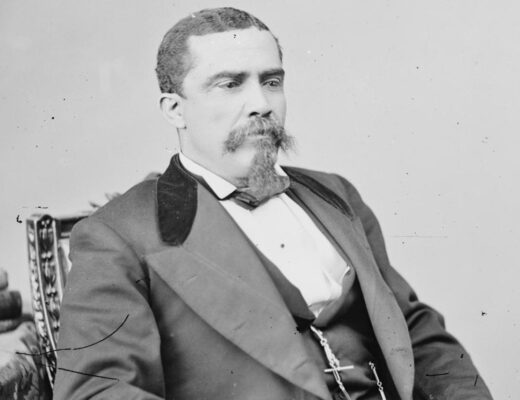
The Emancipation Oak
at Hampton University
Mary Peake held her first class under a tree on September 17, 1861, in Hampton, Virginia. In the beginning, she only had about 6 students, but within several days, attendance had grown to between fifty and sixty students. In 1863, the Virginia Peninsula’s black community gathered under the that same tree to hear the first Southern reading of President Abraham Lincoln’s Emancipation Proclamation, leading to its nickname as the “Emancipation Oak.” The tree sat on property that would later become Hampton University.
Mary Peake was a pioneering teacher and humanitarian. In 1823, Mary Smith Kelsey was born free in Norfolk, Virginia. When Mary was six, her mother sent her to the town of Alexandria (then part of the District of Columbia) to attend school. She studied there for about ten years until growing sectional tensions and fear of slave unrest prompted local lawmakers to close all schools for free blacks in Alexandria in 1839. The US Congress also enacted a law prohibiting free people of color in the District of Columbia from being educated.
At 16, Mary Peake returned to live with her mother in Virginia, where a law had been passed after the Nat Turner Rebellion in 1831 that closed all schools for free blacks, and forbade the education of slaves, free blacks and mulattos. Despite the risk, she secretly taught slaves and free blacks to read and write. While supporting herself by making clothes, at age twenty-four Peake began secretly teaching African American children and adults in Hampton.
Fortress Monroe was a military installation near Hampton, Virginia where a steady stream of enslaved people from neighboring plantations who flocked to Union lines hoping for liberation. Fortress Monroe became a place of refuge. Housing outside of the fort became known as Grand Contraband Camp.
The rising number of ex-slaves in the Grand Contraband Camp prompted the establishment of schools for those freedmen who exhibited a great thirst for knowledge. The American Missionary Association (AMA) hired Peake, and paid her a small salary to become its first black teacher.
In order to provide the masses of refugees some kind of education, the AMA began by gathering the newly freed men, women and children who were eager for an education in the shade of a southern live oak tree near Fortress Monroe. This famous tree would later be called the Emancipation Oak. Several similar schools would later be established in the same fashion.
Pioneering teacher Mary Peake held her first class under that tree on September 17, 1861 with “only about half a dozen” pupils, but within several days, attendance had grown to between fifty and sixty students. Among her students was her own little daughter Daisy, five years old. The children learned to read simple lessons fluently in a very short time. When adults expressed an interest in education, Peake organized night classes for about twenty adults. The AMA gave Peake the use of Brown Cottage, where she worked and lived; it is often referred to as the first building on the Hampton University campus.
Peake continued as the primary teacher at Fortress Monroe until she became too ill to continue. Mary Peake died February 22, 1862 of tuberculosis. Although her personal role in freedmen’s education was cut short, the very ground upon which she taught would later become home to the renowned Hampton Institute, and her own commitment to the education of her people would be emulated by other African Americans. The self-sacrifice and commitment of Mary Peake and others helped dispel the racist assumptions that many white Americans shared about black inferiority.
In 1863, the Virginia Peninsula’s black community gathered under the tree that had sheltered Peake and her students to hear the first Southern reading of President Abraham Lincoln‘s Emancipation Proclamation, and thereafter it was called the Emancipation Oak. Though Mary Peake did not live to see that historic event, the oak tree had already earned its place in history by serving as her first classroom.
Source:





No Comments